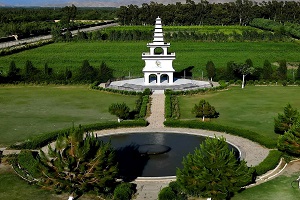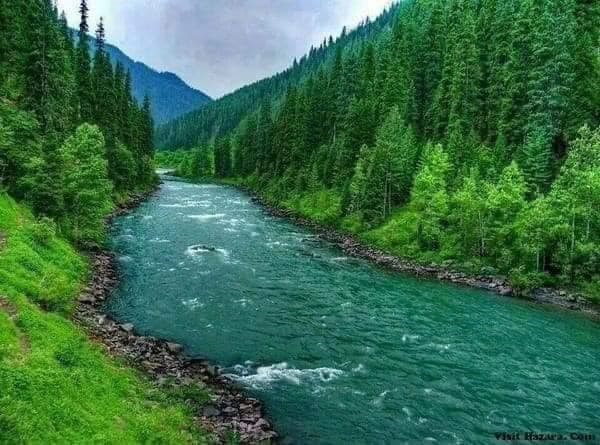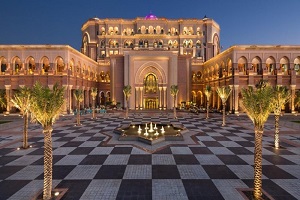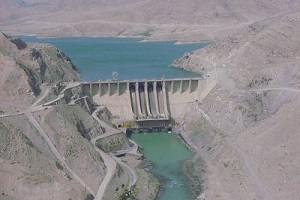Venue
Location
Venue : AL-TAQWA UNIVERSITY
Address:
Gulai Araban Zone #02 Jalalabad City Nangarhar Afghanistan
Website: www.altaqwa.edu.af
Popular Places in Nangarhar, Afghanistan

Dr. Tetsu Nakamura Park
Dr. Tetsu Nakamura Park, located in Jalalabad, Afghanistan, honors the legacy of Dr. Tetsu Nakamura, celebrating his contributions to the country. The park features lush greenery, water features, and areas for public gatherings, symbolizing the environmental and community improvements Nakamura championed. Its serene and picturesque setting serves as a lasting tribute to his dedication to humanitarian efforts and the betterment of Afghan society.
Dara-i-Nur
Dara-i-Nur is a town in the Dara-i-Nur District of Nangarhar Province, Afghanistan. It is located 45 km to the northeast of Jalalabad, the capital of Nangarhar. The district centre is the village of Dara-i-Nur. There are nine major villages and many smaller ones in the district. Some of the well-known villages in Darai Nur are Amla, Barkot, Khewa, Qalai Shahi, Sutan Lam, Nur Gal, and Kashmund. The average temperature in Darai Nur is 12.2 °C, while the annual precipitation averages 1,049 mm. December is the driest month with 34 mm of precipitation, while July, the wettest month, has an average precipitation of 157 mm. Dara-i-Nur is popular for its green and beautiful valleys, rivers and heat touching scenes. It is the one of the best places in Nangarhar Province for tourists to explore the natural beauty of the nature.


Serajul-Emarat Palace
Serajul-Emarat Palace, also known as Surobi Palace, is a historical site located in Jalalabad, the capital of Nangarhar Province in eastern Afghanistan. This now ruinous structure once epitomized the grandeur of Afghan architecture. The palace was the summer residence of Amir Habibullah Khan, who ruled Afghanistan from 1901 to 1919. Designed with a blend of traditional Afghan and colonial-era styles, it was part of an extensive complex including gardens and administrative buildings. The significance of Serajul-Emarat lies not only in its architecture but also in its historical role as a center for political and social gatherings. Over the years, the palace has endured the effects of war and neglect, resulting in its dilapidated state. Efforts for restoration have been challenged by a lack of resources and ongoing conflict in the region. Today, the palace stands as a poignant reminder of Afghanistan's past splendors and the resilience of its cultural heritage. Visitors can explore the remnants of the palace's elaborative design, which once featured intricate woodwork, expansive halls, and elegant balconies offering panoramic views of the lush surroundings.
Darunta Dam
Darunta Dam is an important hydroelectric dam located approximately 7 kilometers northwest of Jalalabad, in the Nangarhar Province of Afghanistan. This concrete gravity dam on the Kabul River has both historical significance and serves as a critical infrastructure for the region's power supply. Built between 1952 and 1953 by the Soviet Union, the Darunta Dam stands as a testament to the developmental efforts in Afghanistan during the mid-20th century. The facility's design primarily serves the purpose of hydroelectric power generation, aiding in the economic development of the region by providing a steady supply of electricity. The Kabul River, which it harnesses, is a major river in eastern Afghanistan that flows into the Indus River in Pakistan. Over the years, maintenance issues and damage from conflict have affected the dam's operation, highlighting the need for rehabilitation to improve capacity and reliability. The surrounding environment is rugged, with dry, arid landscapes that showcase the typical features of Afghanistan's geographical terrain.

